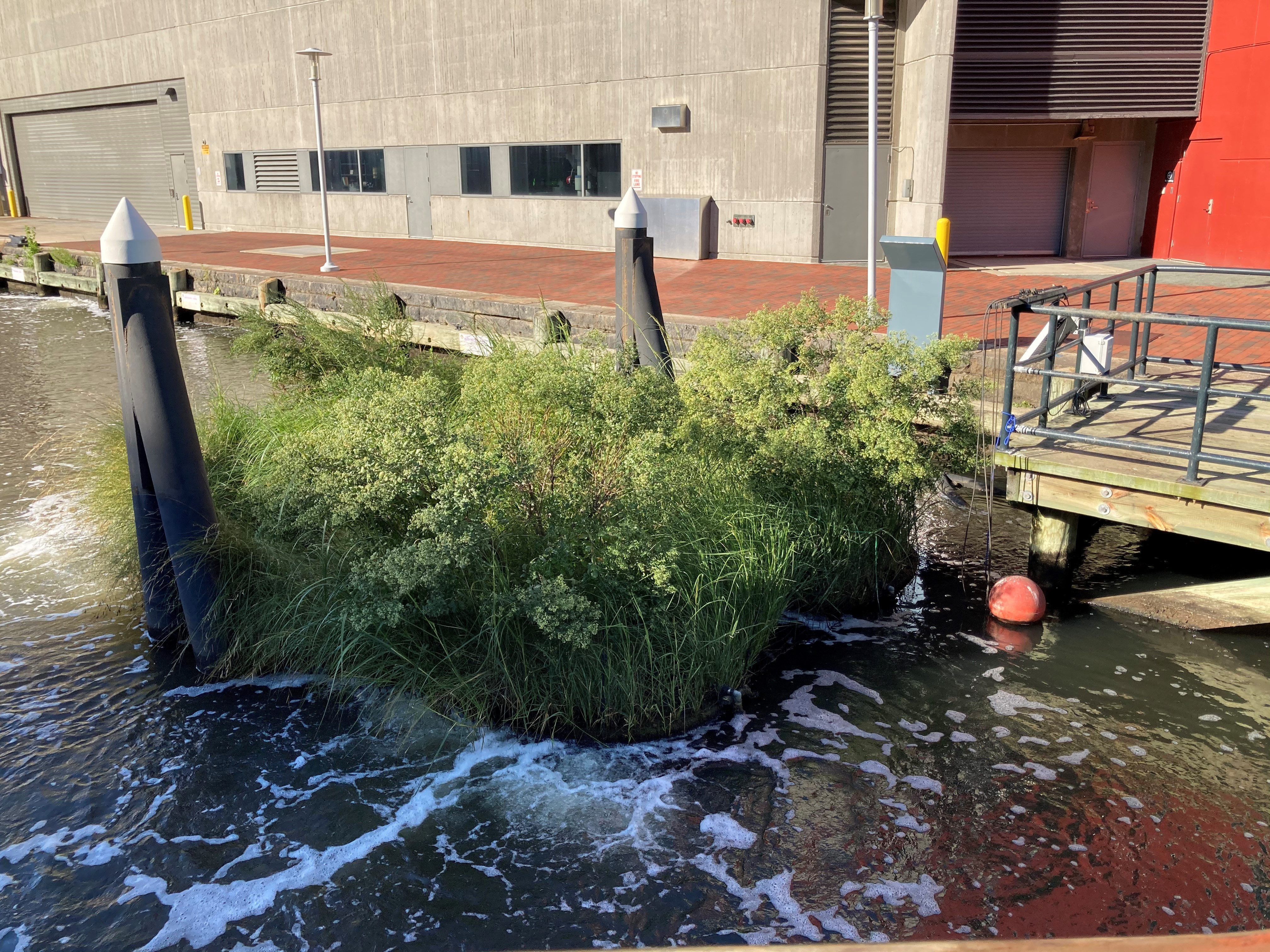
Constructed Wetlands
Asset Type : Natural
Water Classification:
Stormwater
Wastewater
Stormwater
Wastewater
Construction Rank :
5
O&M Rank :
2
How it Works : Constructed wetlands mimic natural wetlands. They capture and filter stormwater and create diverse wildlife habitat. They are designed to contain standing water on the surface or water saturated just below the soil surface.
O&M Required : Maintain pumps and outfall pipes moving water into the wetlands. Remove animal pests. Beavers and/or nutria from wetlands if they invade, because they will disrupt hydrology and short-circuiting treatment efficiency. Remove plant pests. Willows (Salix sp.) and other deep-rooted species should be removed from the wetland at regularly timed intervals. Clear vegetation from outlet pipes at end of wetland cells. Remove sediment from forebays or stilling ponds. source: https://www.alexandriava.gov/uploadedFiles/tes/info/ConstructedWetlandsMaintenanceGuidelines.pdf
Design Considerations : Wetlands use a relatively large amount of space and require an adequate source of inflow to maintain the permanent water surface. Site must have adequate water flow and appropriate underlying soils. Baseflow must be sufficient to maintain a shallow pool in the wetland. Underlying soils should allow only allow small infiltration losses.
Costs : The costs of constructed wetlands are estimated to range from $0.75 to $1.60 per cubic foot. Costs will vary based on plant selection and density of plantings, and if plantings are from live stems or from seed.
Benefits : Improvements in downstream water quality; Settlement of particulates; Removal of pollutants; Flood attenuation and reduction of peak discharge; Enhancement of biological diversity and wildlife habitat in urban areas; Aesthetic enhancement and valuable addition to community green space; Relatively low maintenance costs.
References: